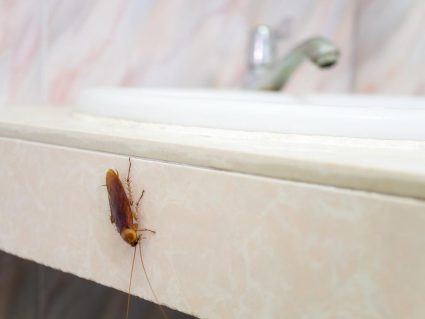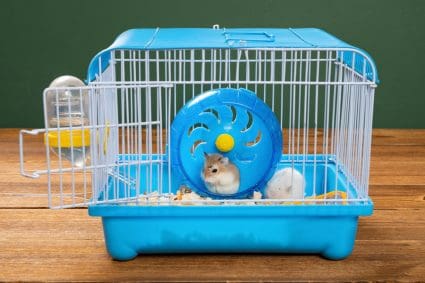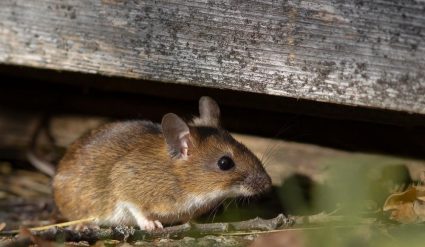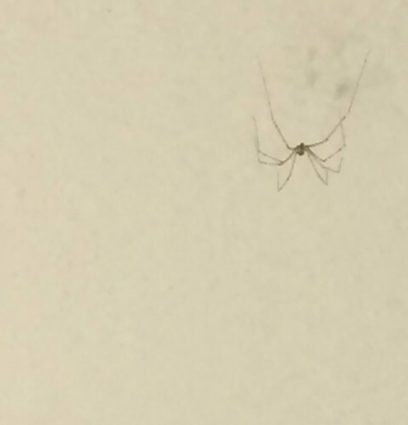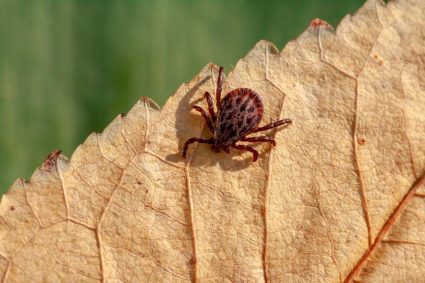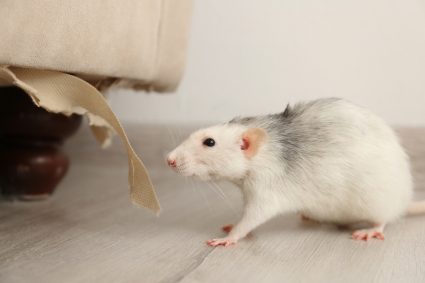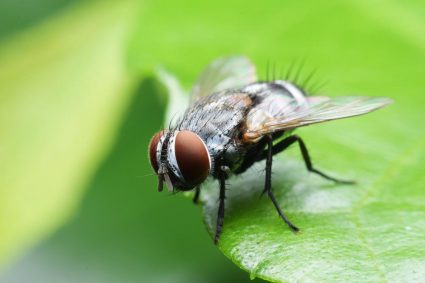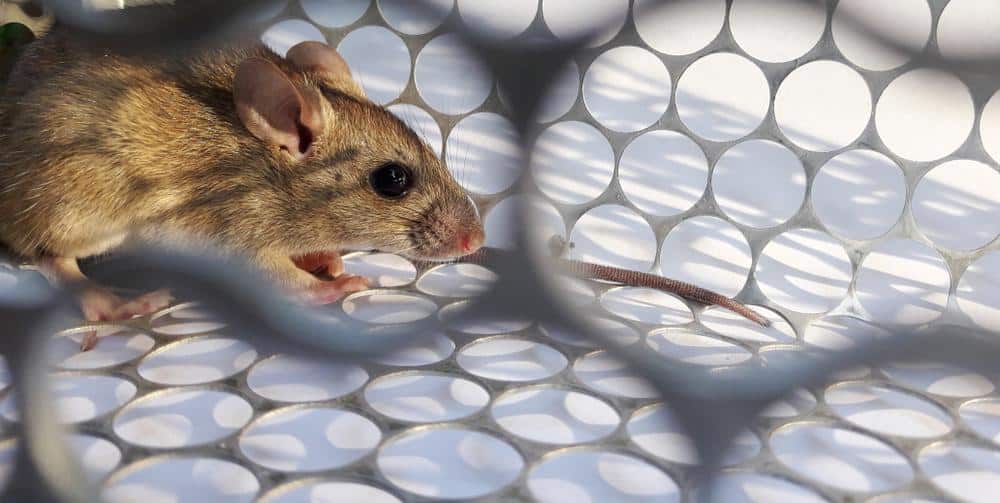
Understanding what mice and rat droppings look like is essential for identifying and dealing with a potential rodent infestation in your home or business. In this comprehensive guide, we’ll delve into the details, including the size, shape, and color of mouse and rat droppings, the potential health risks associated with them, and how to clean up and prevent future infestations.
Mice droppings are small, about 1/8 to 1/4 inch long, spindle-shaped with pointed ends, and typically dark brown in color. On the other hand, rat droppings are larger, ranging from 1/2 to 3/4 inch long, more rectangular or capsule-shaped with rounded or blunt ends, and usually black in color. Both types of droppings can pose significant health risks, so they should be handled with caution.
Identifying Mice and Rat Droppings
The first step in dealing with a rodent problem is identifying the culprit. The droppings of mice and rats have distinctive characteristics that can help you determine which type of rodent you’re dealing with.
Mouse Droppings – Size: Around 1/8 to 1/4 inch long, similar to a grain of rice. – Shape: Spindle-shaped with pointed ends. – Color: Dark brown, may lighten with age.
Rat Droppings – Size: Larger than mouse droppings, ranging from 1/2 to 3/4 inch long. – Shape: More rectangular or capsule-shaped with rounded or blunt ends. – Color: Usually black, fresher droppings are darker.
Rat droppings are larger and more rounded than mouse droppings, which are smaller and pointed.
Health Risks Associated with Mice and Rat Droppings
Rodent droppings can pose significant health risks. They can carry bacteria, viruses, and diseases including Hantavirus, Salmonellosis, Leptospirosis, Lymphocytic Choriomeningitis, Rat-bite fever, and Arenaviruses. To reduce the risk of exposure, handle rodent droppings with caution and follow proper cleaning procedures, including using a bleach and water solution or a general-purpose household disinfectant, and wearing rubber or plastic gloves.
How to Clean Up Mice and Rat Droppings
When cleaning up rodent droppings, safety should be your top priority. Wear gloves and a mask, and avoid vacuuming or sweeping to prevent harmful particles from becoming airborne. Use a disinfectant to clean the area thoroughly and dispose of any waste in a sealed plastic bag.
Preventing Future Infestations
Prevention is key to avoiding future rodent infestations. Seal up any entry points, keep your home clean and clutter-free, and store food in sealed containers. Regularly inspect your home for signs of rodents and act quickly if you find any evidence.
Conclusion
Knowing what to look for can help you identify a mouse or rat problem before it becomes a serious infestation. If you discover rodent droppings in your home, take immediate action to clean up safely and prevent future infestations. If the situation seems severe, it’s best to call a professional pest control service to handle the problem.
Remember, the health risks associated with rodent droppings are significant, so always handle with care and prioritize the safety and cleanliness of your home.
Frequently Asked Questions
What are some other signs of a rodent infestation?
Other signs of a rodent infestation include gnaw marks on furniture or food packaging, scratching noises, nest materials such as shredded paper or fabric, and a musky odor especially in closed-off areas.
How often do mice and rats leave droppings?
Mice and rats leave droppings quite frequently. A single mouse can produce up to 80 droppings per day, while a rat can produce up to 40. This makes droppings a good indicator of a potential infestation.
Can I use any type of glove to clean up rodent droppings?
It’s recommended to use rubber, latex, or vinyl gloves when cleaning up rodent droppings. These materials provide a barrier that can prevent direct contact with the droppings and any potential pathogens they may carry.
Should I always call a professional pest control service if I find rodent droppings?
While it’s not always necessary to call a professional pest control service at the first sign of droppings, it’s recommended if you find a large number of droppings, signs of extensive damage or if you are unsuccessful in trapping the rodents yourself.
Can rodent droppings attract other pests?
Yes, rodent droppings can attract other pests like cockroaches and flies. This is another reason why it’s important to clean up droppings promptly and thoroughly.

